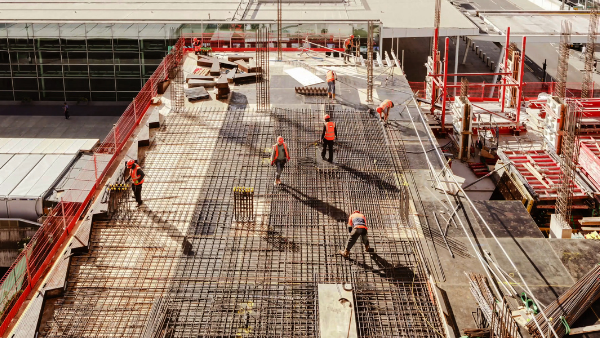Following the recommendations made in the Independent Review of Building Regulations and Fire Safety led by Dame Judith Hackitt (Hackitt Report), the Construction Products Association (CPA) has opened a consultation on its proposed code for construction product information (Code). Construction & Engineering Partner, Alan Tate, looks at more depth into this report and what this means for those involved in construction projects.
The consultation can be accessed by visiting https://buildingsafely.co.uk/consultation/ and closes on 31 March 2021.
The Hackitt Report identified the need for products to be “properly tested, certified, labelled and marketed” appropriately and such a system should be clearer, simpler and have an effective system of specification. It addresses the key aspects of:
- a transparent testing regime
- an improvement of testing methods
- clearer labelling and product tracing and
- an enforcement and surveillance regime.
With this in mind, all construction product manufacturers should provide information that passes five “acid” tests (namely, that the information is clear, accurate, up-to-date, accessible and unambiguous). These five points stand behind the 11 clauses of the new Code and the aim of the consultation is to gather views on the implementation, ongoing management and policing of the Code once it is launched.
What are the new clauses for manufacturers of construction products?
The 11 clauses state that a manufacturers of construction products must:
- have in place a documented sign-off process for creating ‘Product Information’.
- A named individual should be nominated to be responsible for the ‘Product Information’ at its instigation and the final ‘Product Information’ should be signed off by a technically competent person and there must be an audit trail of records and processes undertaken.
- have in place a formal version control process for all ‘Product Information’.
- In essence this clause aims to establish a formal process of naming and distinguishing between a series of draft documents concerning ‘Product Information’ which lead to a final (or approved) version.
- not use misleading or ambiguous wording, phrasing or imagery and embrace the use of plain English to ensure accurate representation of ‘Product Information’ and performance claims.
- The clause aims to prevent manufacturers using words or phrases that exaggerate and/or do not accurately represent, a ‘Construction Product’s’ performance or capability.
- provide specific information where claiming compliance to, or achievement of, any Certification, Classification or Industry Standard.
- Clause 4 aims to ensure that details of a product’s certification is publicly available on the manufacturer’s website, and/or the certificate number and provider must be stated for a third party to check.
- provide verifiable information when making any product performance claims which are outside of Certification, Classification or Industry Standard tests.
- In practice, this clause means that all stated performance data relating to a construction product must be referenced back to a valid dated test or specified technical assessment.
- make available on [its] website the descriptive and physical characteristics of the ‘Construction product.
Such information includes, but is not limited to:
- Manufacturer and Product Name
- Packaging
- Product Type
- Material
- Weight/Size/dimensions
- Shelf life
- ensure ‘Product Information’ is consistent with ‘Manufacturer’s’ supplied products.
- manufacturers must demonstrate an internal process for reviewing the accuracy of ‘Product Information’ concerning construction products and that there is a process to advise suppliers of changes to the ‘Product Information’ brought about by a manufacturing or component change.
- publish on its website and make easily accessible, clear information on handling, installation, operation, maintenance and disposal of ‘Construction Products’.
- when making any claims of guarantees/warranties, ensure that its (the manufacturer’s) website states what is covered, excluded, and required to comply with its terms. The guarantee/warranty should be transparent, and in a format recognised by the relevant sector of industry.
- ensure technical helpline contact details (telephone and/or email) are visible on its website.
- There should be a maximum of two clicks from any page to access a telephone number or email.
- have in place a robust training programme (for new and existing personnel) to ensure that anyone conveying ‘Product Information’ is competent to the level of knowledge required for their role.
Whilst the Code is subject to change arising from the consultation, it is clear that these obligations imposed on manufacturers reflect the shift towards an effective regulatory framework. By ensuring accountability at an early stage in the supply chain, the clauses go some way towards eradicating what has been described in the Hackitt Report as the sector’s “race to the bottom caused either through ignorance, indifference, or because the system does not facilitate good practice“.
For those currently involved in construction projects, it is important to check and seek clarification from manufacturers that the products meet the performance requirements for which they are being used.
For more information on how this report can affect your construction project contact our Construction & Engineering team.
